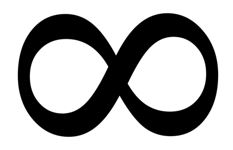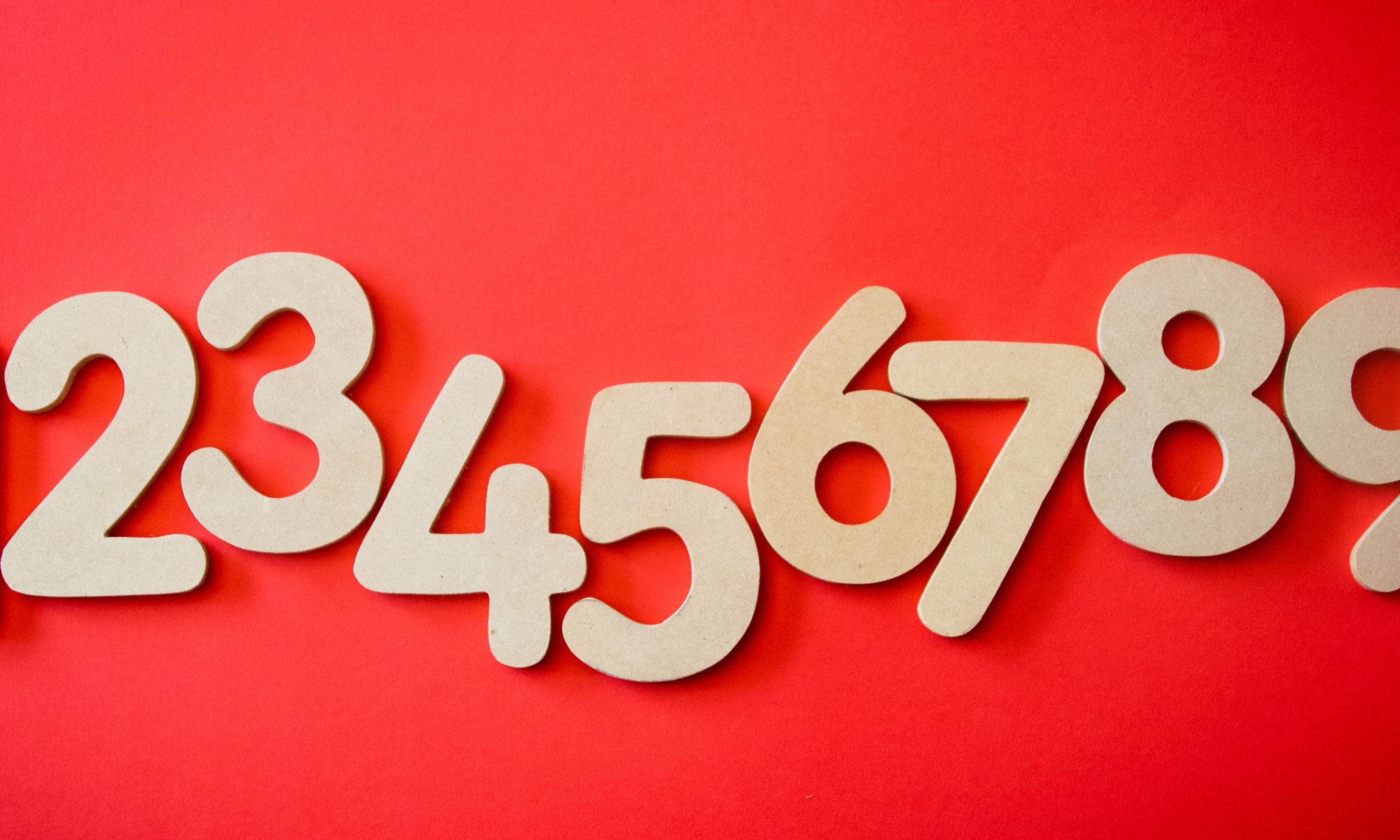Elena, Year 13, explores the concept of infinity, challenging our understanding.
Most people nowadays are comfortable with the idea that numbers can go on forever. Theoretically, you could keep counting on and on.
If I asked: Which is bigger? The set of all counting numbers, or the set of all even numbers?

The natural inclination would be to say that the set of all numbers is larger than the set of even numbers. However, these two sets of infinities are actually equal.
Hilbert’s Hotel Paradox
In the 1920s, the German mathematician David Hilbert devised a famous thought experiment to show us just how hard it is to wrap our minds around the concept of infinity.
Imagine a grand hotel with an infinite number of rooms and an infinite number of guests in those rooms.
To challenge the common idea about infinity, he asked what would happen if a new guest came along and asked to stay in a room. At first, it seems impossible, as there is already an infinite number of guests.
However, the trick is to ask each guest to move along one room:

The guest in room 1 moves to room 2, the one in room 2 moves to room 3 and so on. Since there is an infinite number of rooms, there will still be room for all the previous guests.
So the new guest would have a space in room number 1. This shows that infinity+1 is still equal to infinity.
This solution is only possible because the infinite hotel only deals with the lowest levels of infinity, mainly the countable infinity of the natural numbers.
Cardinality
If we were dealing with higher orders of infinity, such as the real numbers, these strategies would not be possible as there is no way of systematically including every number.
The infinite hotel on the real number line would have an infinite number of rooms in the basement (negative numbers), fractional rooms, square root rooms and other irrational number rooms.
Even though this example shows how adding infinities equals another infinity, some infinities are known to be bigger than others.
This concept was first introduced in 1891 by a German mathematician called Georg Cantor, who tackled the idea of the existence of transfinite numbers and their cardinality.
Transfinite numbers are numbers which are used to describe the size of an infinite set of numbers, while cardinality is the size of a set.
Having the same cardinality means that there is a one-to-one correspondence between sets of numbers – this is called a bijection. This means that each number from one set can be matched up with a number in another set.
Conclusion
In summary, when adding infinities together, you get another infinity. However, this new infinity will have the same cardinality as the previous one. This is because it will be possible to make a bijection with the original infinities.
On the other hand, there are infinities which are so large, that their cardinality (known as 𝖈) is still considered to be a hypothesis, and anything between the smallest cardinality and the largest one is still a mystery to be proved.
This shows how hard it is for our finite minds to imagine a concept as large as infinity.
Bibliography
Alfeld, Peter. (1996). Why are there infinitely many prime numbers?. Available: https://www.math.utah.edu/~pa/math/q2.html .
Crowston, Robert. (2011). Hilbert’s Hotel. Available: https://nrich.maths.org/5788 .
Jaksich, John. (2013). Infinity is Weird. Available: https://skullsinthestars.com/2013/11/14/infinity-is-weird-how-big-is-infinity/ .
Marianne. (2013). Maths in a Minute: Countable Infinities. Available: https://plus.maths.org/content/maths-minute-countable-infinities .
Mcgregor, Peter. (2008). A glimpse of Cantor’s Paradise. Available: https://plus.maths.org/content/glimpse-cantors-paradise .

